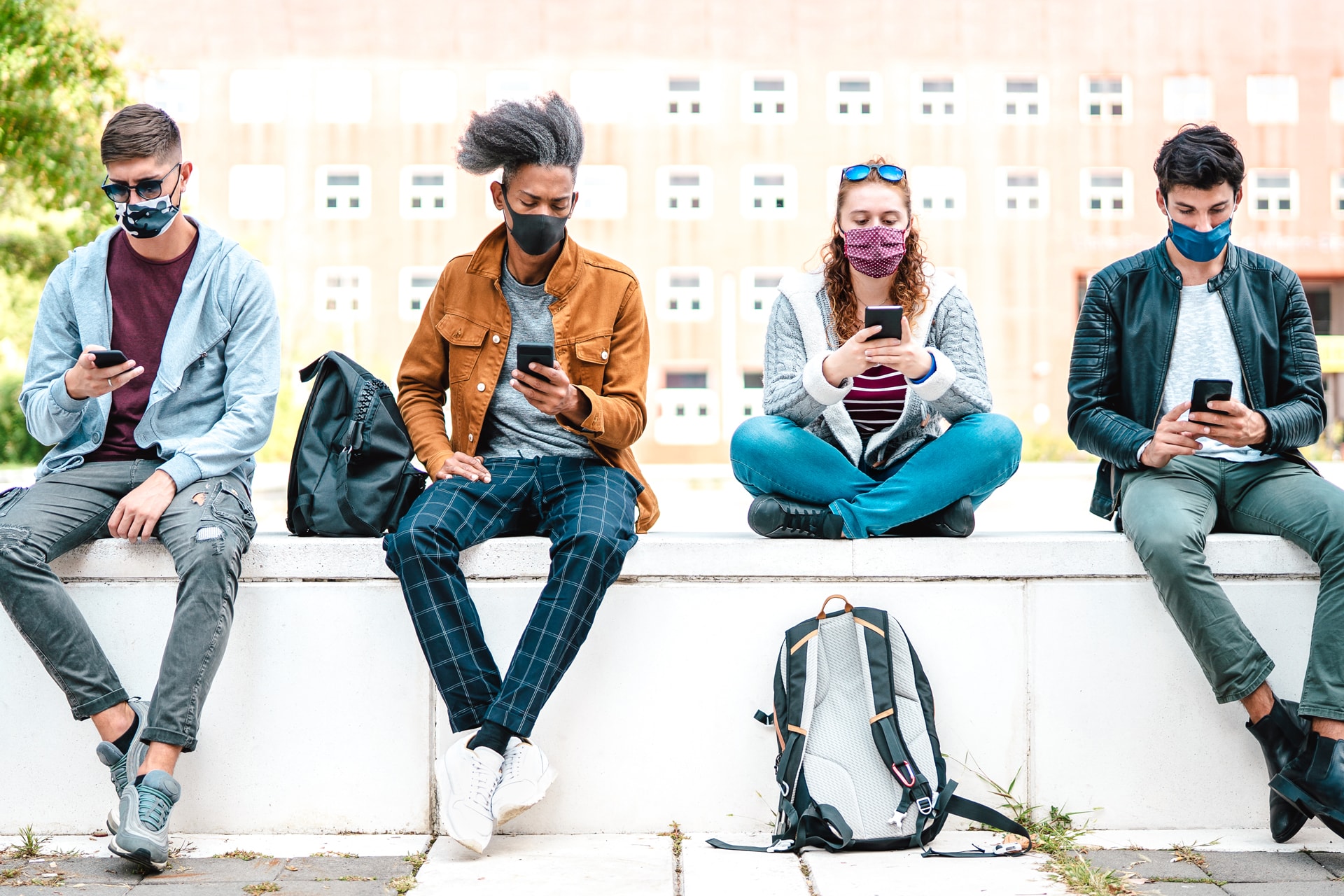
This Thanksgiving break week, students will honor the longstanding tradition of packing up their laptops, books and duffle bags and heading home by carpool, bus or plane.
From loud, bustling arenas of study and socializing, campuses will transform into quiet and empty dorms, cafeteria halls and libraries. Students will look forward to swapping their go-to staples like Cup O’Noodles and energy drinks with a home cooked turkey dinner. The main difference? While it’s typical for students to return to school between Thanksgiving and winter break, many schools are forbidding it, to curb the spread of Covid-19. While there is no singular approach, let’s consider what experts recommend and explore some of the ways New York campuses are handling this crucial decision.
More colleges have altered their fall instructional plans in the last week than at any time since August.
According to Inside Higher Ed’s database and map of changes in colleges’ fall reopening plans. That’s likely because according to the CDC, more than 1 million new Covid-19 cases were reported in the US over the past seven days. Unsurprisingly, college campuses have emerged as hotbeds of infection, accounting for more than 252,000 infections and at least 80 known deaths. The primary concern is that asymptomatic students may unknowingly carry the virus home over the holiday, putting families in a precarious position – as many colleges are opting to require students to leave campus before Thanksgiving and not return until winter break ends. Instead of resuming hybrid or in-person lessons, many students across New York will partake in 100% remote learning and complete finals from home.
In a recent brief, the American College Health Association issued some advice to colleges that will continue in-person instruction after Thanksgiving break.
ACHA advises in-person institutions to encourage students to stay on campus over the holiday rather than traveling to and from their neighborhoods, which creates unnecessary risk for increased Covid-19 transmission. Alternatively, they suggest students hold virtual celebrations with family and opt to hold a “Friendsgiving” with other students in their close circles.
We would like to highlight one exceptionally coordinated effort we believe other universities could successfully model:
State University of New York (SUNY) schools will now require “all students using on-campus facilities in any capacity” to test negative for the virus within 10 days of their departure, and to quarantine according to county health rules if they test positive, whether they are on or off-campus. The plan will entail testing about 140,000 students at SUNY’s 64 colleges and universities. In a press release explaining the strategy, SUNY Chancellor Jim Malatras describes the move as sensible. “By requiring all students to test negative before leaving, we are implementing a smart, sensible policy that protects students’ families and hometown communities and drastically reduces the chances of COVID-19 community spread,” said Malatras.
Because very few campus decisions are coordinated statewide, there is an expectation that communities across New York will experience a challenging spike in Covid-19 cases over the next 10 day period.
Regardless of how your institution plans on operating over the next several weeks, officials should make campus accommodations available for those who do not wish to travel home. Additionally, we recommend the latest CDC guidelines be made immediately available for students, and that staff should offer ample supportive resources to promote student mental health wellness.
